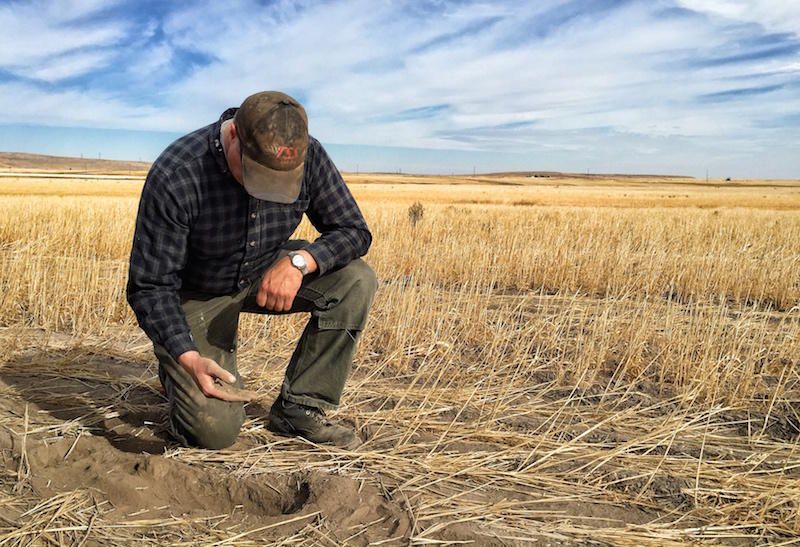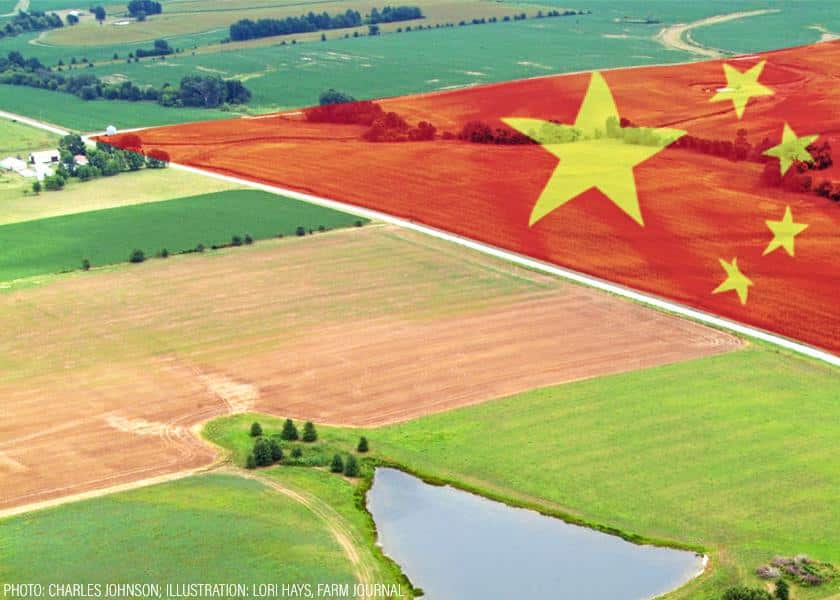
(ANNA KING / NORTHWEST NEWS NETWORK)
The worst “megadrought” in 1,200 years continues to burden the American West, and it’s forcing farmers to make tough decisions about their crops.
A new survey by the American Farm Bureau Federation interviewed farmers, ranchers and Farm Bureau staff in drought affected areas about the changes they have made to operations. Of the 652 respondents, around three-quarters said they saw yields decline due to drought, and a third reported destroying crops because of the extremely dry conditions, up from 17% last year.
As of August 23, roughly half of the continental United States and 60% of the American West is experiencing drought. States like California, Nevada and Utah are completely surrounded by drought because dry conditions are seeding the soil and vital water sources.
The Colorado River is in such a state of jeopardy that the Bureau of Reclamation has stepped in to cut water deliveries to Arizona by 21%, Nevada by 8%, and Mexico by 7% after states failed to reach an agreement on reducing water use. The Colorado River provides water for 40 million people and is the backbone of the agricultural industry in the west.

This is leaving many farmers and ranchers to watch their businesses wither, although the effects of water cuts and changing conditions vary from farm to farm. Some larger farming operations can absorb the changes, they might be able to invest in other states, but small family-owned farms are left scrabbling with the shortages of water.
What’s worse is these larger farms are opting into investing in other countries for their farming needs.
Currently, half of the production area in the U.S. for cotton crops is experiencing drought, as is 43% of rice producing areas, 78% of sorghum, and 53% of winter wheat, according to the U.S. Department of Agriculture.
In one of the cases reported by the American Farm Bureau Federation survey, a wine producer in California dropped five acres worth of Cabernet grapes, foreclosing any potential revenue for the current year.
The issue also bleeds into our country’s livestock ranchers, as 57% of beef cattle and about half of all milk-producing cows are in drought-stricken areas. The dairy industry reports a surge of heat stress cases that result in dairy cows producing less milk.
Drought stress is likely to raise food prices for American consumers, but it will have even greater implications for rural producers and regional economies.
In 2021 alone, drought cost California 8,745 jobs and $1.2 billion, with spin-offs that more than doubled the jobs affected by the increase in the economic balance sheet to $1.7 billion., according to a report prepared for the California Department of Food and Agriculture.’

As the “megadrought” worsens, this hasn’t stopped the Chinese government from investing in American farmland. USDA’s latest data shows China owns over 191,000 acres of U.S. lands, but this was prior to the sale of the North Dakota farmland this spring that caused great concern for the Americans.



